2024-06-14
Enhancing Community Well-Being Through Green Spaces
Parks and green spaces are vital to urban communities, offering numerous benefits that enhance the quality of life for city residents. These public spaces provide a sanctuary for recreation, socialization, and relaxation, contributing significantly to physical and mental health. Access to green spaces encourages urban residents to engage in physical activity, which promotes physical health and helps mitigate mental health problems. Moreover, the presence of green space in city parks has been shown to reduce stress, improve mood, and foster a sense of well-being, making these areas indispensable for the mental health of residents.
As public officials, city planners, and park directors, understanding parks’ multifaceted advantages can help create parks that serve diverse community needs. Parks offer environmental benefits by reducing urban heat islands, improving air quality, and supporting biodiversity. The economic benefits of parks are equally compelling; they increase property values, attract businesses, and create job opportunities, thereby boosting local economies. Furthermore, parks provide social benefits by fostering community cohesion and offering inclusive spaces where people of all ages and backgrounds can come together. These public spaces are critical to building stronger, healthier, more resilient communities.
This article delves into the myriad benefits of parks, exploring their impact on health, the environment, the economy, and community cohesion. By examining how parks and green spaces contribute to urban life, we can better appreciate their importance and advocate for their development and maintenance. For city leaders, park directors, and community advocates, investing in parks creates beautiful landscapes and enhances urban residents’ overall quality of life. Whether through promoting physical activity, improving mental health, or fostering economic growth, parks provide a wide range of benefits that make them essential components of urban planning and public policy.
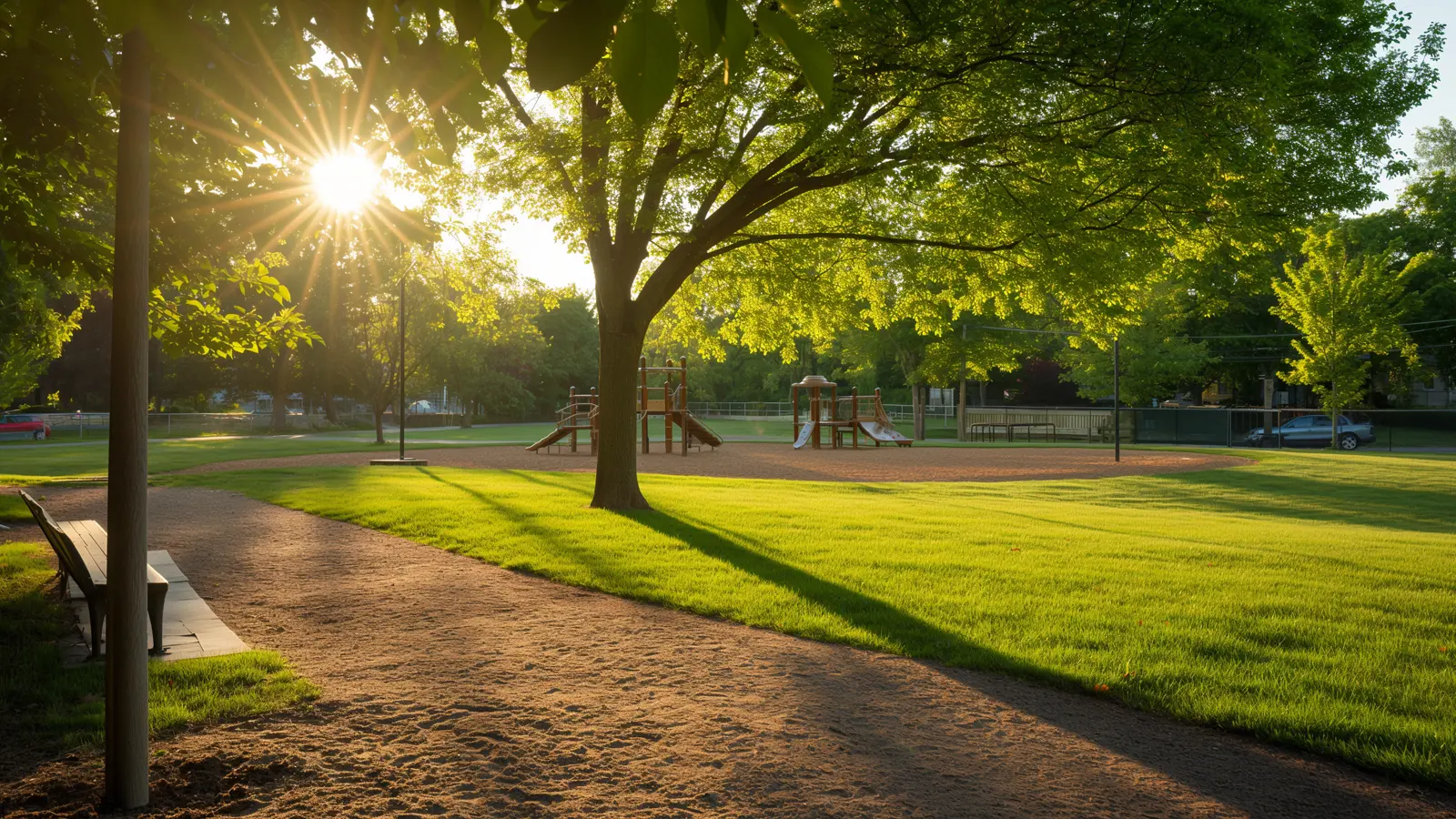

Health Benefits of Parks and Recreation
Parks promote physical activity, which is essential for maintaining physical health. Access to recreational facilities such as walking trails, playgrounds, and courts encourages urban residents to exercise regularly. These green spaces offer a convenient and enjoyable environment for people to stay physically active, which can reduce chronic diseases such as obesity, diabetes, and cardiovascular conditions. The American Public Health Association highlights the correlation between park access and improved health outcomes, underscoring the importance of parks in promoting health equity. By ensuring that parks are easily accessible to all community members, especially those in low-income neighborhoods, public officials can play a vital role in enhancing public health.
Mental health benefits are equally significant, as green spaces provide a tranquil environment that helps reduce stress and mental health problems. Research indicates that spending time in parks can improve mental health, enhance mood, and lower anxiety levels. For neighborhood residents, particularly in urban areas, the availability of parks and recreation areas is crucial for fostering overall well-being. Parks offer a natural escape from the urban environment, allowing individuals to unwind and reconnect with nature, which can lead to improved mental health and a greater sense of calm.
Key Health Benefits of Parks:
- Physical Activity: Encourages regular exercise, reducing the risk of chronic diseases.
- Stress Reduction: Provides a serene environment to alleviate stress and anxiety.
- Social Interaction: Facilitates social connections, reducing feelings of isolation.
- Mental Health: Enhances mood, reduces depression, and improves overall well-being.
- Health Equity: Ensures all community members, especially in low-income neighborhoods, have access to health benefits.
For urban residents, parks and recreation areas offer more than just a place to exercise; they provide opportunities for social interaction and community engagement. Recreational facilities in local parks, such as courts and community centers, encourage people to come together and participate in group activities. This social aspect of parks is crucial for mental health, as it helps reduce feelings of isolation and fosters a sense of community. Neighborhood residents can build stronger social networks and enjoy a supportive community environment, contributing to overall happiness and mental well-being.
The health benefits of parks are comprehensive, impacting both physical and mental health. For recreation professionals and public officials, prioritizing park access and developing recreational spaces is essential for community health. Investing in parks and recreation facilities promotes physical activity, reduces mental health problems, and ensures all community members can experience these benefits. By promoting health equity and making parks accessible to everyone, city leaders can significantly improve the quality of life for urban residents, making parks an indispensable part of urban planning and public health strategies.
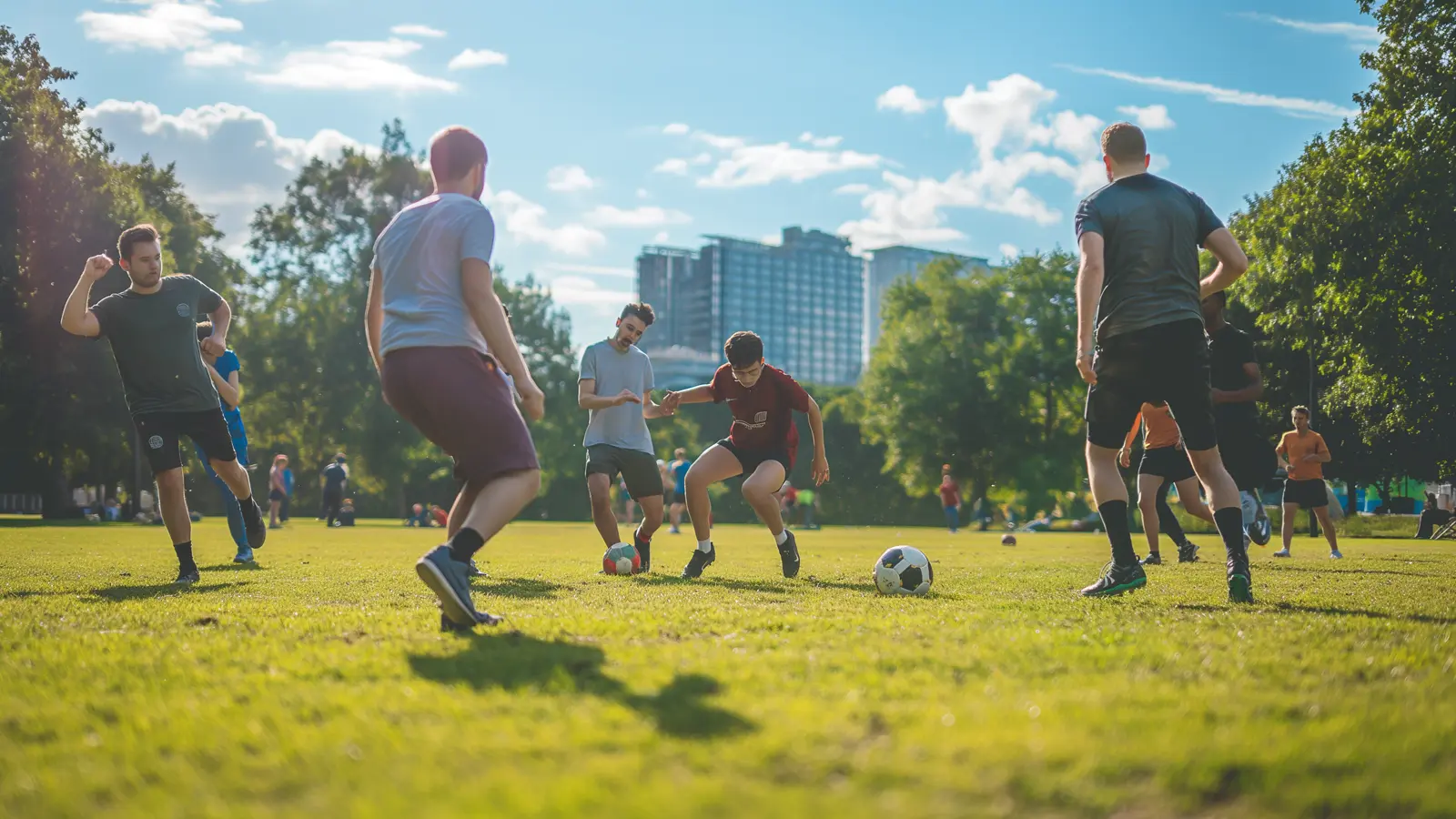
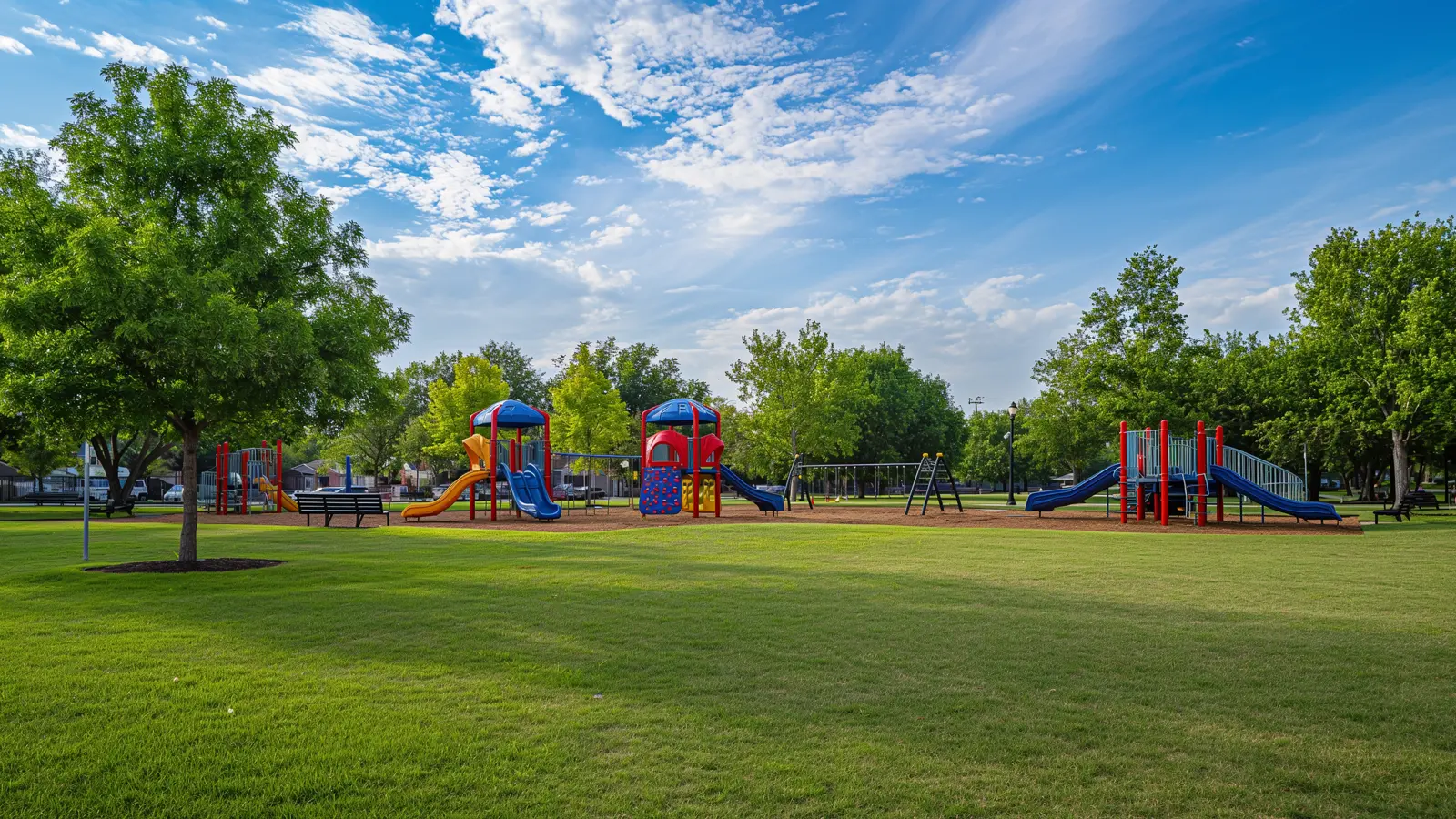
Environmental Benefits of Green Spaces
Parks play a critical role in mitigating environmental issues in urban communities. One of the primary environmental benefits of parks is their ability to reduce urban heat islands. Urban heat islands are areas where temperatures are significantly higher than surrounding rural areas due to human activities and infrastructure. Planting trees and maintaining green spaces in city parks help lower temperatures, creating cooler microclimates that significantly improve urban living conditions. This cooling effect enhances comfort for urban residents and reduces energy consumption and cooling costs, making green spaces an essential component of sustainable urban development.
Maintaining green spaces also helps improve air quality, benefiting the environment and urban residents’ health. Trees and plants in public parks act as natural air filters, absorbing pollutants such as carbon dioxide, sulfur dioxide, and nitrogen oxides and releasing oxygen back into the atmosphere. This process reduces air pollution, a significant concern in densely populated urban areas. By improving air quality, parks provide substantial health benefits, particularly for individuals with respiratory conditions and other health problems exacerbated by pollution. Public parks also contribute to biodiversity by providing habitats for various plant and animal species, supporting ecosystems that thrive within urban environments.
Key Environmental Benefits of Parks:
- Urban Heat Reduction: Lowers temperatures in urban areas, reducing heat islands.
- Air Quality Improvement: Acts as natural air filters, reducing pollution.
- Biodiversity Support: Provides habitats for plants and animals, enhancing urban ecosystems.
- Climate Resilience: Helps cities adapt to climate change impacts.
- Water Management: Assists in managing stormwater runoff and preventing flooding.
Additionally, parks contribute to the overall ecological balance by promoting a healthier and more sustainable urban ecosystem. Green spaces in city parks enhance the urban environment’s resilience to climate change by providing areas that can absorb excess rainwater, reducing the risk of flooding. This natural water management system helps to filter pollutants from stormwater, protecting water quality in urban areas. Moreover, parks play a crucial role in sequestering carbon, mitigating the effects of greenhouse gases and contributing to global efforts to combat climate change. The National Park Service and other recreation agencies recognize the importance of these environmental benefits in their park planning and management strategies.
The environmental benefits of parks underscore the importance of investing in park systems and green space development in urban areas. For public officials, city leaders, and community advocates, prioritizing creating and maintaining parks can lead to significant long-term benefits for both the environment and urban residents. By enhancing green spaces and ensuring accessibility, cities can foster a healthier, more sustainable future. Investing in park projects, particularly in low-income neighborhoods, can promote health equity and ensure that all community members enjoy parks’ numerous benefits.
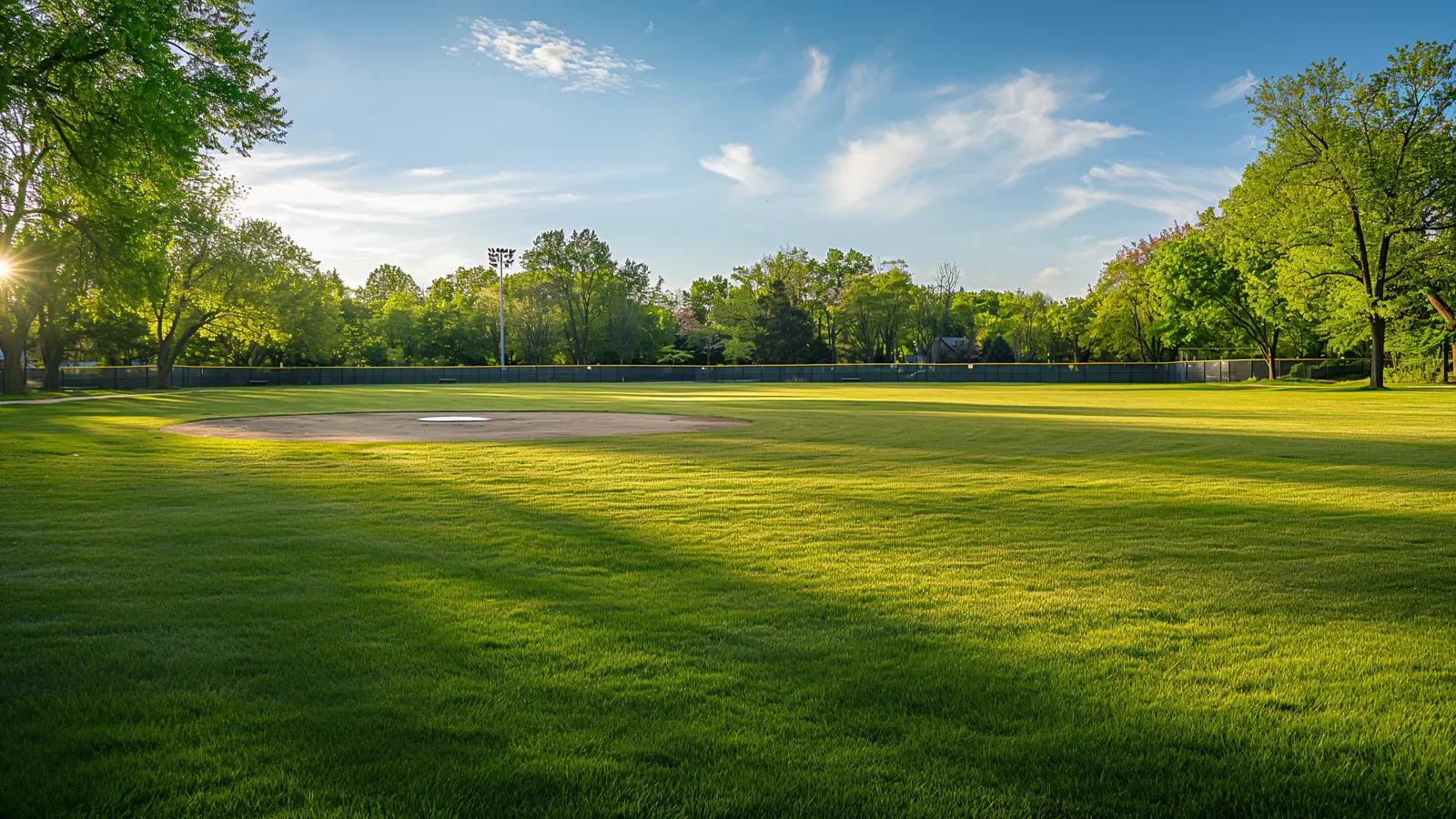
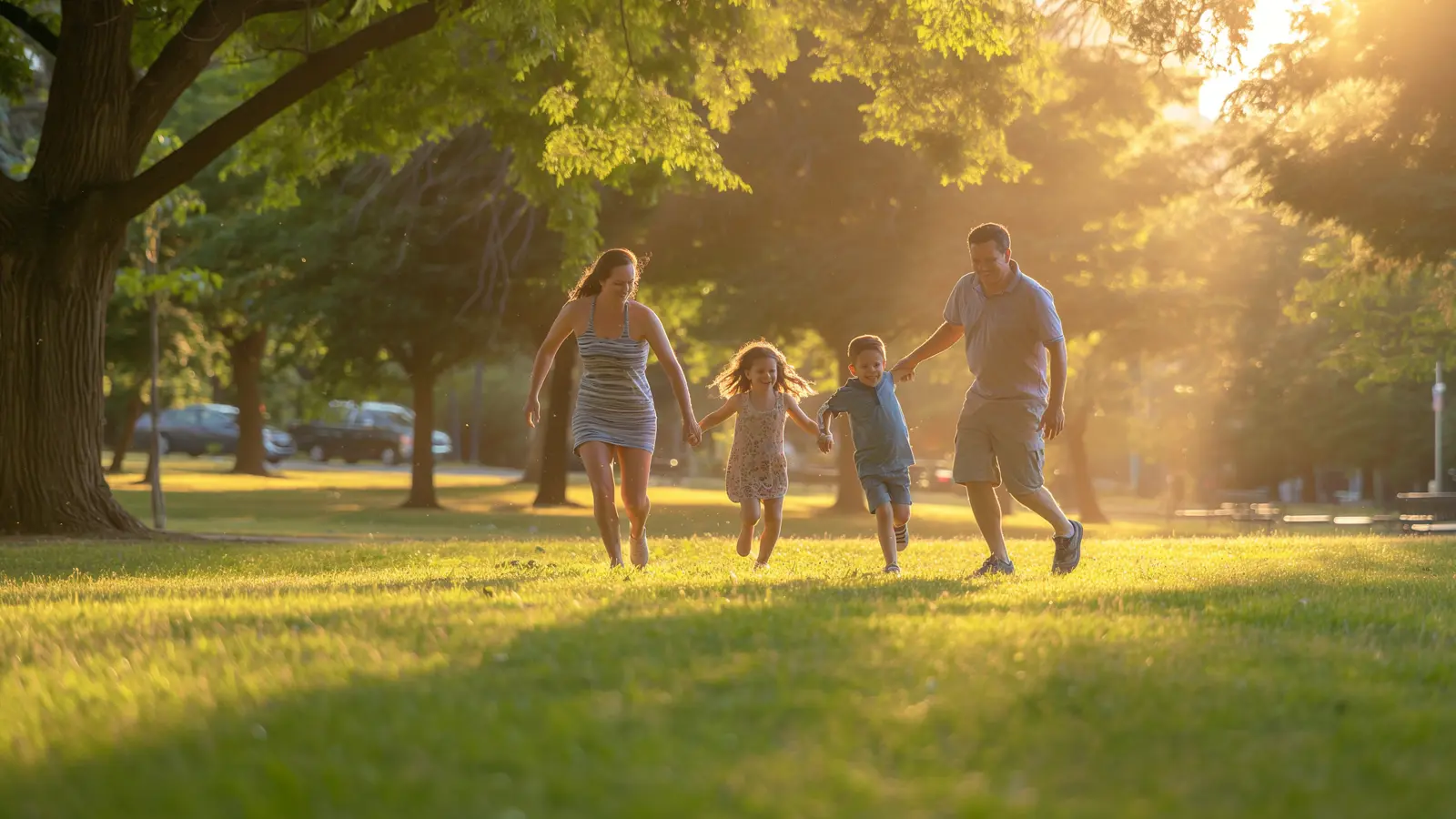
Economic Advantages of Community Parks
Community parks significantly boost local economies by increasing property values and attracting businesses. Studies consistently show that properties near parks and recreational facilities often have higher market values. This proximity to green spaces benefits homeowners financially and contributes positively to local economies. The increased property values translate to higher tax revenues for municipalities, which can be reinvested into community services and infrastructure. The National Park Service emphasizes the economic impact of parks, noting that well-maintained parks can drive tourism and increase spending in local stores, further stimulating economic growth.
Parks also create job opportunities and support local economies by attracting visitors and encouraging spending on recreational activities. From park maintenance staff and recreation professionals to local businesses that benefit from increased foot traffic, parks generate various employment opportunities. Additionally, community parks often host events, sports leagues, and other activities that require staffing and support services. These activities provide direct employment and stimulate the local economy by attracting visitors who spend money on food, lodging, and other amenities. The presence of parks and recreation centers can inspire pride among community members, leading to increased civic engagement and investment in local initiatives.
Key Economic Benefits of Parks:
- Increased Property Values: Higher market values for properties near parks.
- Tourism Boost: Attracts visitors, increasing spending in local stores.
- Job Creation: Provides employment opportunities in park maintenance, events, and related services.
- Community Investment: Inspires civic engagement and local investments.
- Business Attraction: Encourages new businesses to set up near parks, benefiting from increased foot traffic.
The presence of parks and recreation centers can inspire pride among community members, leading to increased civic engagement and investment in local initiatives. When well-maintained and actively used, parks become a focal point for community life, fostering a sense of ownership and pride among residents. This civic pride often translates into volunteerism, fundraising efforts, and advocacy for park improvements and expansions. Public officials and city leaders can leverage this community spirit to support park projects and other local developments that enhance the quality of life for urban residents.
For public officials and city leaders, the economic benefits of parks provide a compelling reason to prioritize park creation and maintenance. Investing in parks enhances community members’ physical and mental well-being and drives economic growth and stability. By creating and maintaining attractive, accessible parks, cities can boost property values, attract businesses, and generate job opportunities, all contributing to a vibrant and prosperous community. The economic advantages of parks underscore their importance as a critical component of urban planning and development, making them indispensable for fostering sustainable, thriving communities.
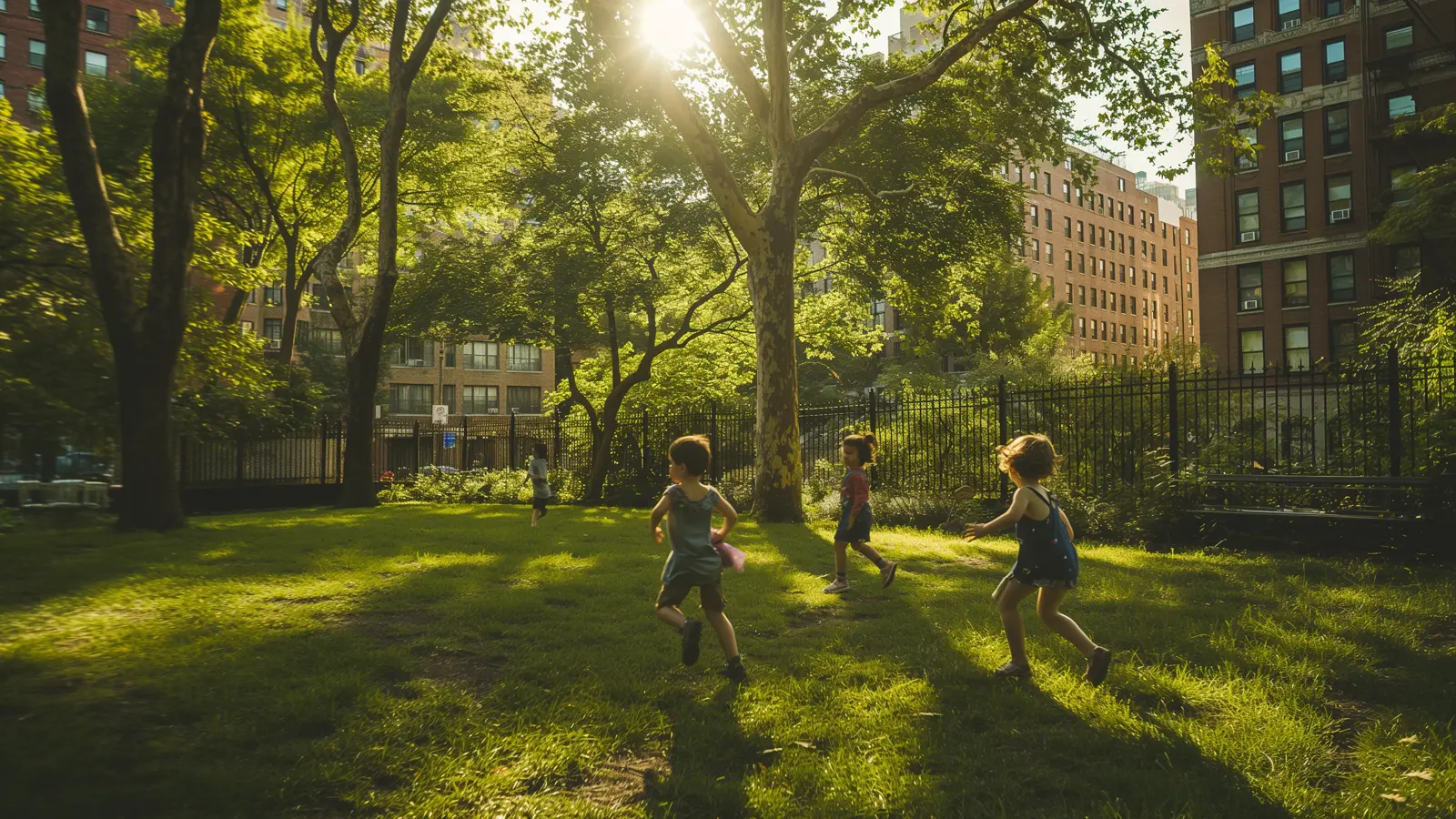
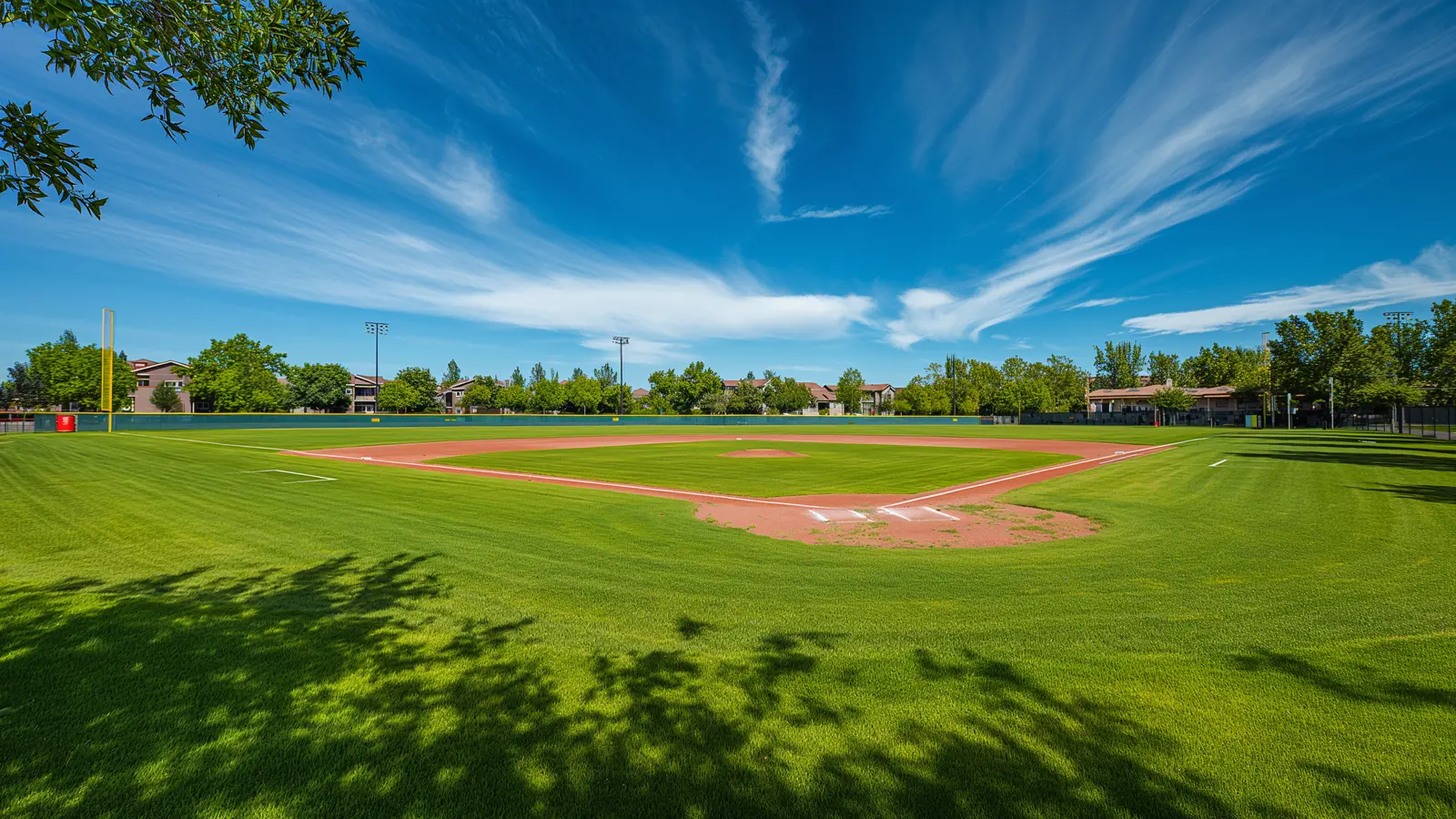
Social and Community Cohesion
Parks are essential for fostering social interaction and community cohesion. They provide a shared space where community members can gather, socialize, and participate in recreational activities. This sense of community is vital in urban areas, where parks can be hubs for cultural and social events. Local parks promote inclusivity by offering accessible spaces for people of all ages and backgrounds to unite.
The presence of community parks also helps build stronger neighborhood ties and enhance social networks. Understanding the social benefits of parks can help public officials and recreation professionals design spaces that encourage community engagement and foster a sense of belonging among residents. In this way, parks provide physical spaces for recreation and vital social infrastructure for urban communities.
Enhancing Community Engagement through Park Events
Community parks often serve as venues for events that enhance community engagement. Festivals, outdoor concerts, and local markets held in parks bring people together, creating opportunities for social interaction and community bonding. These events can also showcase local talents and businesses, fostering a sense of pride and belonging among neighborhood residents. Public officials can leverage these gatherings to promote civic initiatives and encourage active participation in community projects.
Promoting Health and Well-being through Social Interaction
Social interaction in parks is crucial in promoting mental and physical health. Engaging with others in recreational activities and casual encounters in green spaces can reduce feelings of isolation and loneliness, which are significant factors in mental health problems. Parks provide a relaxed environment where people can meet new friends, strengthen relationships, and build supportive social networks. For urban residents, especially those in densely populated areas, these social interactions are vital for maintaining overall well-being and improving quality of life.
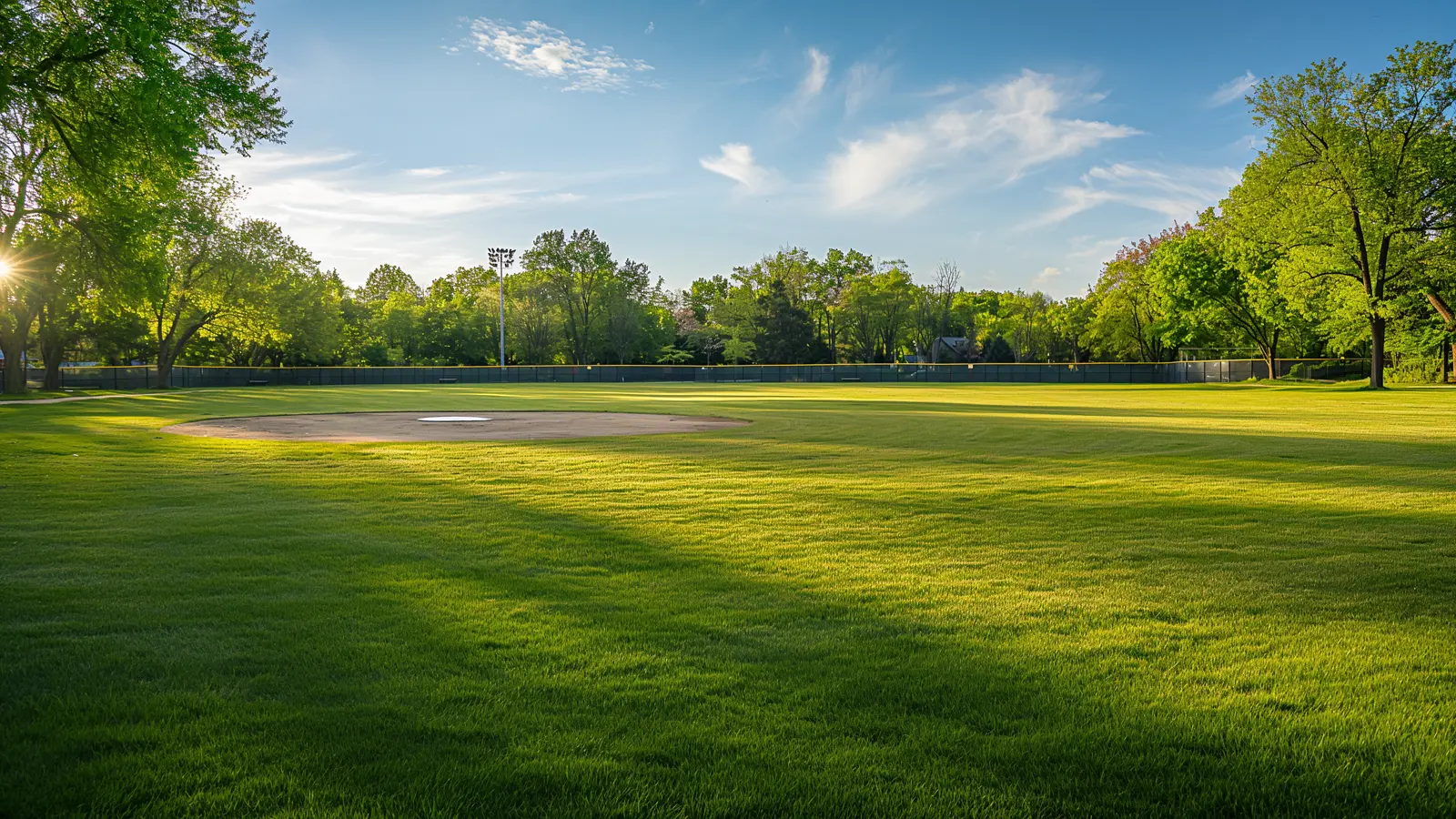
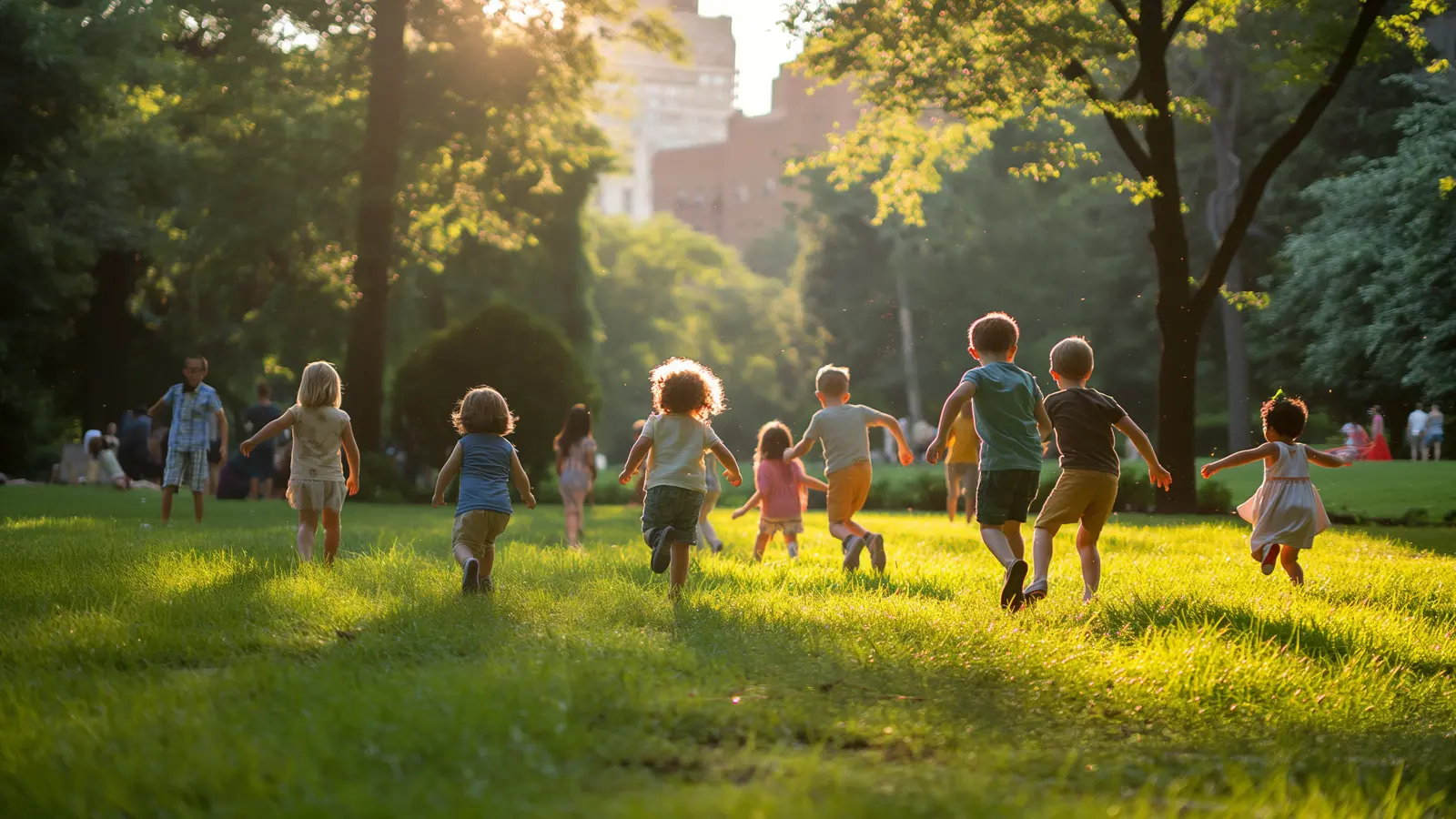
Enhancing Child Development through Play Areas
Parks and play areas are crucial for child development, offering a safe environment for children to explore, learn, and grow. Playgrounds and recreational spaces in parks provide opportunities for physical activity, which is essential for healthy growth and development. Engaging in outdoor recreation helps children develop motor skills, coordination, and physical fitness. These physical benefits are foundational for overall health, supporting children in becoming active, physically healthy adults. Recreation professionals understand that well-designed play areas cater to different age groups and developmental stages, ensuring that all children benefit from the diverse activities.
Additionally, parks offer social and cognitive benefits by encouraging imaginative play and social interaction. When children engage in play, they learn to communicate, share, and collaborate with others, fostering important social skills. Play areas in parks allow children to make friends and build social networks outside of school. Cognitive development is also enhanced through play, as children encounter new challenges and engage in problem-solving activities. The combination of social and cognitive growth contributes to developing well-rounded, resilient individuals.
Key Benefits of Play Areas for Child Development:
- Physical Fitness: Promotes motor skills, coordination, and overall physical health.
- Social Skills: Encourages communication, sharing, and collaboration.
- Cognitive Growth: Enhances problem-solving abilities and imaginative play.
- Emotional Resilience: Builds emotional strength and resilience.
- Inclusivity: Provides accessible spaces for children of all abilities.
For city planners and park directors, prioritizing the inclusion of child-friendly play areas in park projects can significantly enhance the developmental benefits of parks for young residents. Inclusive play areas that accommodate children with disabilities ensure that all children can engage in play and reap its benefits. Playgrounds designed with input from child development experts can offer a variety of activities that stimulate different aspects of development, from climbing structures that build physical strength to sensory play areas that support cognitive and emotional growth.
Well-maintained play areas in community parks also offer parents peace of mind, knowing their children are playing in a safe and supervised environment. This security encourages frequent visits to parks, increasing the likelihood of children engaging in regular physical activity. Community parks that feature diverse and engaging play areas support child development and foster family cohesion and community engagement. Investing in quality play areas is an investment in the future health and well-being of the community, ensuring that children grow up with the tools they need to thrive.
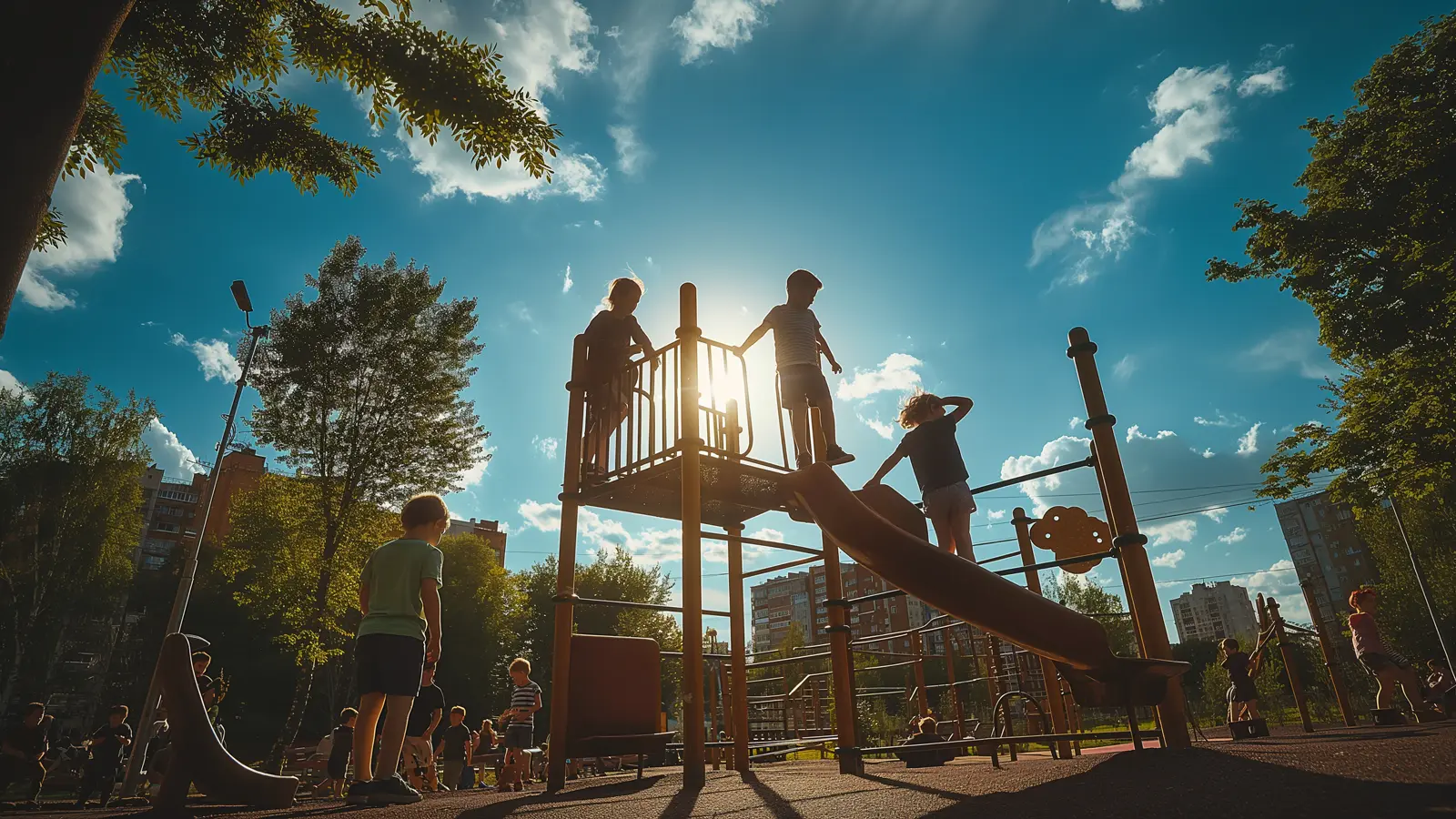

Improving Access to Parks for Low-Income Neighborhoods
Equitable park access is vital for promoting health and well-being in low-income neighborhoods. Many low-income communities lack adequate green spaces, which can lead to disparities in health outcomes. Public officials can help bridge this gap and promote health equity by creating parks within half a mile of urban residents. Nonprofit organizations and community advocates are crucial in championing park access for underserved populations.
Investing in parks in low-income neighborhoods improves public health and fosters community cohesion and social inclusion. Providing recreational facilities and green spaces in these areas can enhance the quality of life for residents and contribute to more vibrant, inclusive communities. For public officials and city leaders, focusing on park access for all residents is essential for building healthier, more equitable urban environments.
Role of Nonprofit Organizations and Community Advocates
Nonprofit organizations and community advocates are instrumental in driving park projects in underserved areas. These groups often spearhead initiatives to create and maintain parks, secure funding, and raise awareness about the benefits of green spaces. By partnering with local governments and recreation agencies, nonprofit organizations can ensure that park projects address the specific needs of low-income communities, ultimately fostering greater health equity and social cohesion.
Impact on Local Economies and Health Outcomes
Creating parks in low-income neighborhoods profoundly impacts local economies and health outcomes. Parks provide recreational opportunities that promote physical activity and reduce stress, leading to better physical and mental health. Moreover, parks can stimulate local economies by increasing property values, attracting businesses, generating jobs and enhancing community pride. Ensuring all community members have access to these benefits is crucial for fostering a thriving, healthy urban environment.
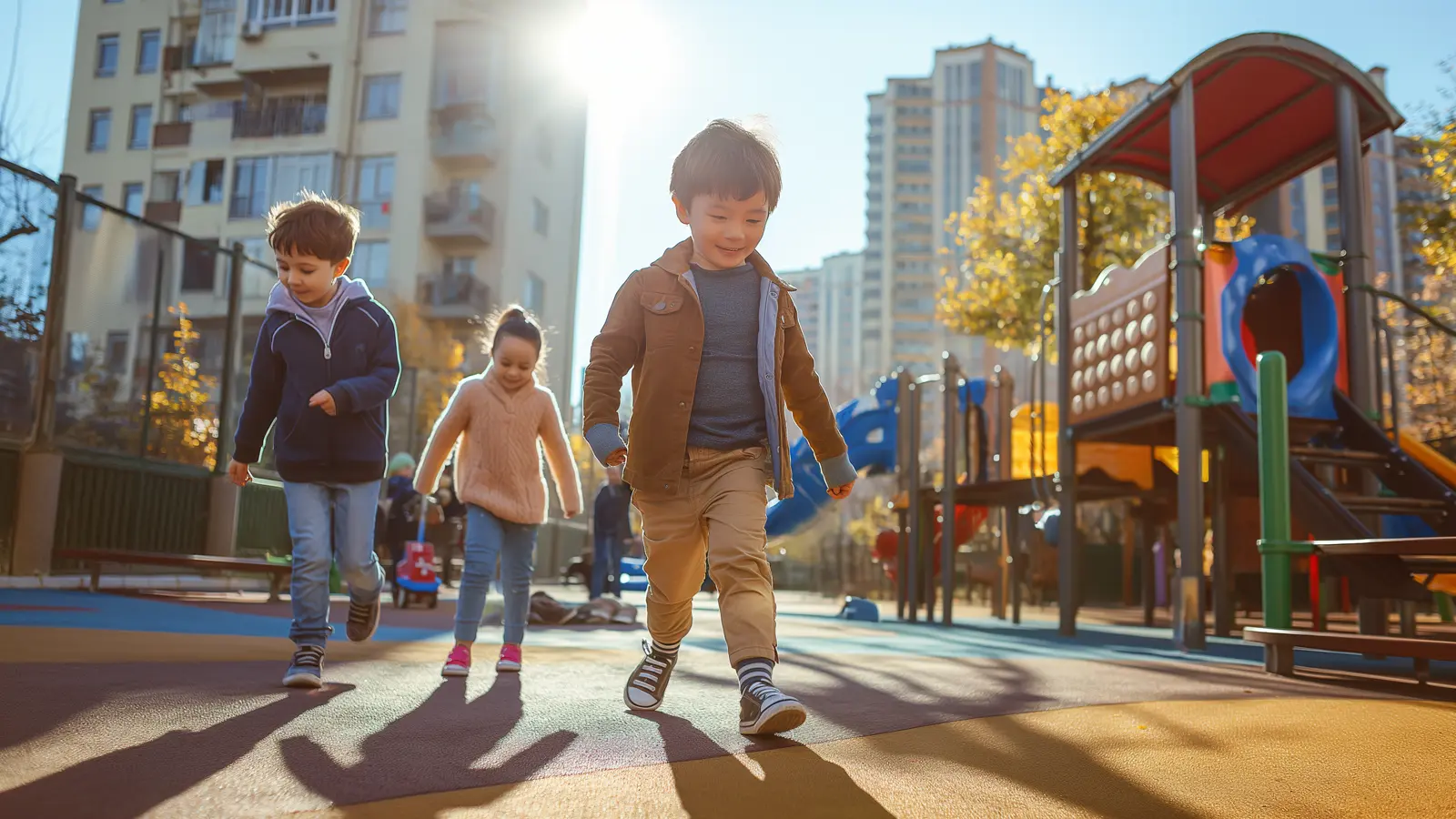
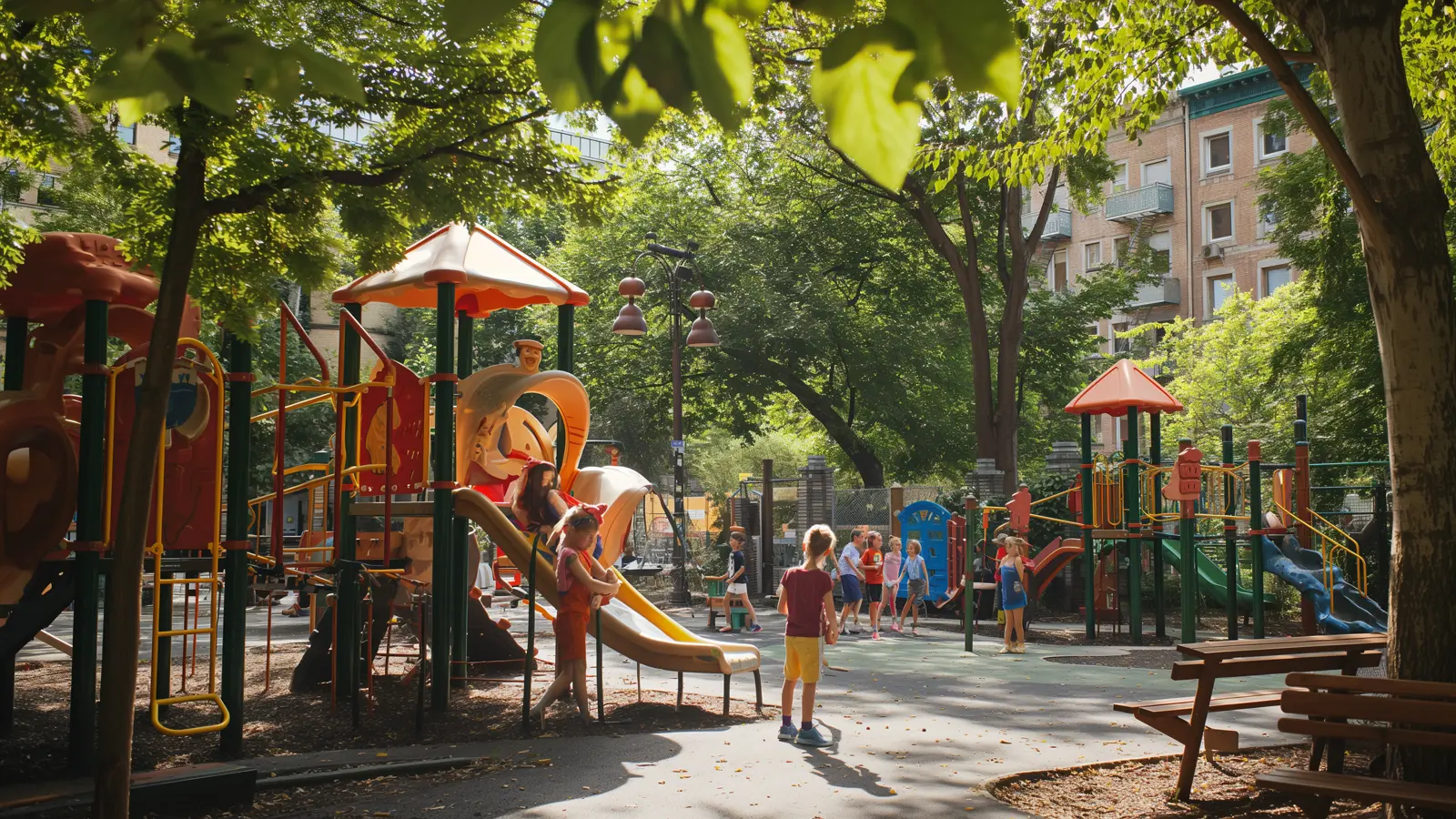
Parks as Public Spaces for Recreation and Leisure
Parks serve as vital public spaces for recreation and leisure, offering a wide range of activities for urban residents. From walking trails and courts to picnic areas and community gardens, parks provide diverse recreational opportunities that cater to different interests and age groups. These recreational spaces encourage people to be physically active and enjoy outdoor activities, contributing to overall well-being. For instance, city parks often feature fitness stations and open fields for sports, providing urban residents with accessible options for exercise and play.
Public parks also serve as venues for community events and social gatherings, fostering a sense of community and belonging. Local parks host festivals, concerts, markets, and cultural events, which bring community members together and strengthen social ties. These events offer opportunities for neighborhood residents to interact, celebrate, and build a cohesive community spirit. By providing spaces for public events, parks promote social interaction and enhance the cultural vibrancy of urban areas.
For recreation professionals and park departments, designing parks that offer a variety of recreational activities can help maximize the recreational benefits for residents. Ensure that parks include playgrounds, walking trails, courts, and community centers that cater to the community’s diverse needs. Recreation centers within parks provide organized activities and classes, further promoting physical activity and community engagement. Public parks also include green spaces that offer tranquility and relaxation, essential for mental health.
Parks and recreation areas are essential for promoting active, healthy lifestyles and enhancing the quality of life in urban communities. These public spaces provide safe and inclusive recreational and outdoor leisure environments. Accessible parks ensure that all community members, regardless of age or ability, have opportunities to participate in physical and social activities. By investing in the development and maintenance of parks, public officials can create vibrant recreational spaces that inspire pride, encourage community engagement, and improve the overall well-being of urban residents.

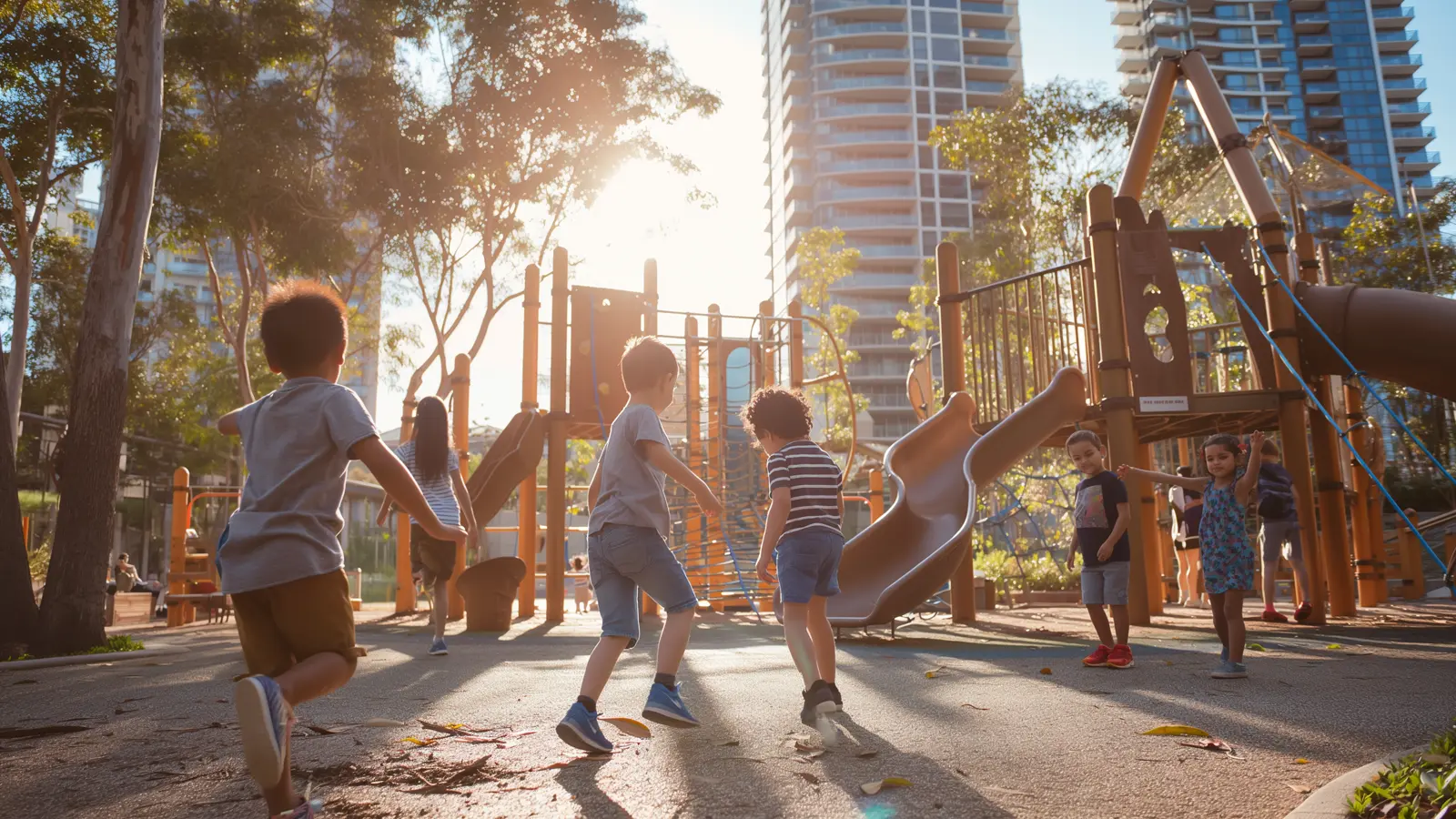
The Role of Recreation Professionals and Agencies
Recreation professionals and agencies play a pivotal role in developing, maintaining, and programming parks. Their expertise ensures that parks are safe, well-maintained, and accessible to all community members. Public officials and city leaders rely on recreation agencies to plan and implement park projects that meet the diverse needs of urban residents. These professionals bring specialized knowledge in park design, landscape architecture, and community engagement, making them essential for creating parks that serve various purposes.
Collaboration between recreation centers, community centers, and nonprofit organizations is essential for successfully managing parks. These entities can pool resources, share expertise, and address community needs more effectively by working together. Recreation professionals often engage with residents through public meetings, surveys, and workshops to gather input and ensure that park projects reflect the community’s preferences. This collaborative approach enhances the functionality and appeal of parks and fosters a sense of ownership and pride among neighborhood residents.
Key Responsibilities of Recreation Professionals and Agencies:
- Park Planning: Designing parks that cater to diverse recreational needs.
- Maintenance: Ensuring parks are safe, clean, and well-maintained.
- Programming: Developing and implementing recreational activities and events.
- Community Engagement: Involving residents in park planning and development.
- Partnerships: Collaborating with nonprofit organizations, community centers, and other stakeholders.
Recreation professionals work closely with community members to design and maintain parks that reflect the needs and preferences of residents. Recreation agencies can create vibrant, inclusive parks that benefit urban areas by fostering partnerships and engaging with the community. This engagement process often includes conducting needs assessments, organizing community events, and maintaining open communication channels with the public. The result is a park system responsive to the community’s evolving needs and enhances the quality of life for all residents.
The role of recreation professionals and agencies extends beyond the physical maintenance of parks; they are also responsible for creating and promoting recreational programs that encourage physical activity, social interaction, and community engagement. These programs can range from fitness classes and sports leagues to cultural festivals and educational workshops. By offering a variety of activities, recreation agencies ensure that parks remain dynamic and relevant public spaces that attract and engage urban residents. Investing in the professional development of recreation staff and building strong partnerships with community stakeholders are crucial steps toward achieving these goals and maximizing the impact of parks and recreation areas in urban communities.
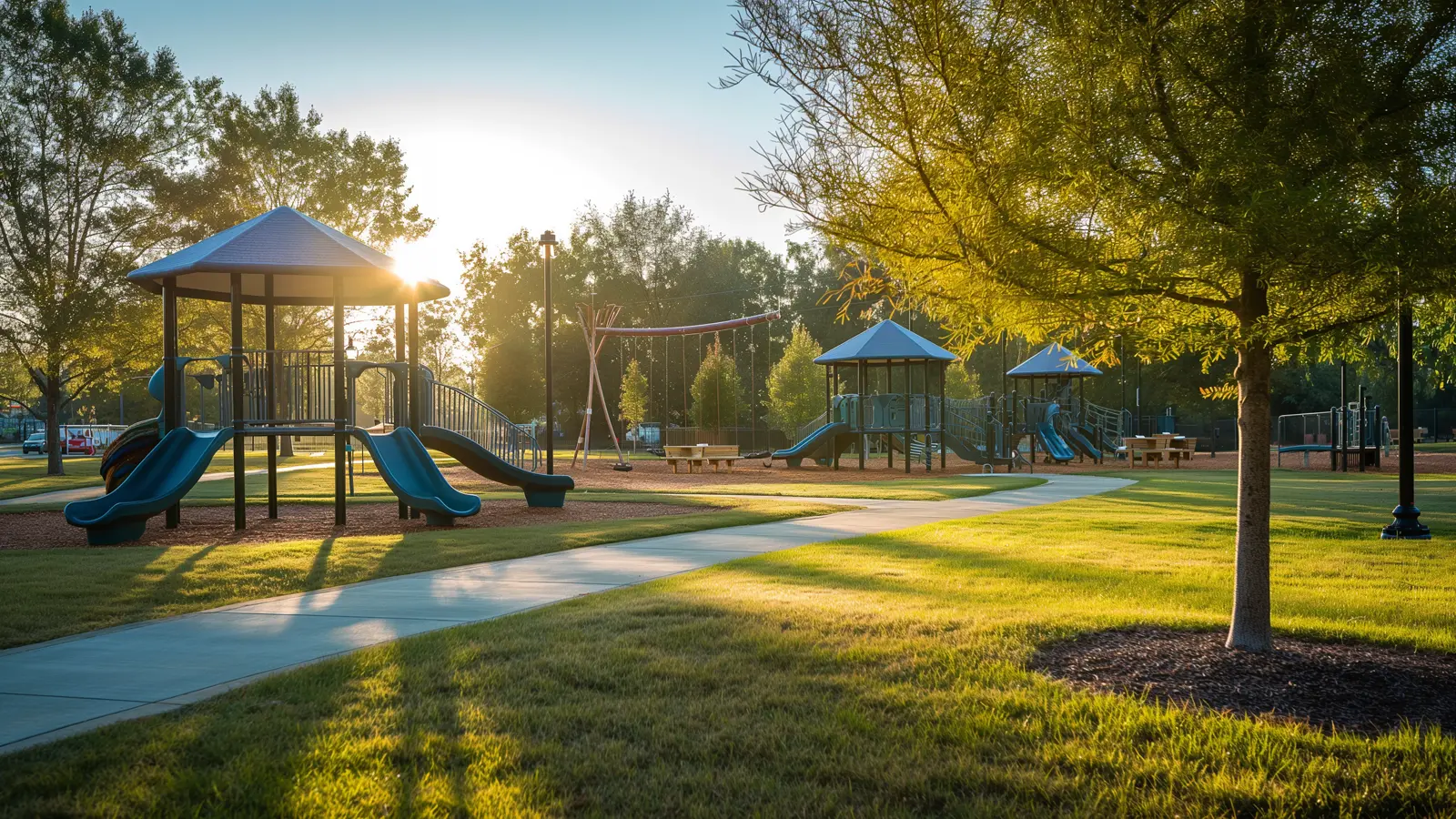

A Pillar of Community Health and Well-being
The benefits of a park extend far beyond its aesthetic appeal. Parks provide essential health, environmental, economic, and social benefits that enhance the quality of life for urban residents. From promoting physical activity and mental health to offering a refuge from the urban environment, green spaces play a critical role in the well-being of city dwellers. Access to parks and recreational facilities encourages people to lead healthier, more active lifestyles, while green space helps reduce stress and improve mental health. The health benefits alone make parks an invaluable asset to any community.
Environmental benefits of parks include reducing urban heat islands, improving air quality, and supporting biodiversity. Parks serve as natural air filters, reducing air pollution and providing cleaner air for urban residents. Additionally, they help mitigate the effects of climate change by sequestering carbon and managing stormwater runoff, which reduces the risk of flooding. These environmental advantages underscore the importance of investing in park systems and green space development. Parks are spaces for recreation and vital components of urban sustainability efforts, helping to create more resilient and environmentally friendly cities.
Economically, parks boost local economies by increasing property values and attracting businesses. Well-maintained parks can drive tourism and increase spending in local stores, creating job opportunities and supporting the local economy. The presence of parks and recreation centers inspires pride among community members and encourages civic engagement. This increased engagement can lead to more robust local initiatives and investments, further enhancing urban areas’ economic stability and vibrancy. For public officials and city leaders, the economic benefits provide a compelling reason to prioritize park creation and maintenance as part of urban development strategies.
Socially, parks foster community cohesion and provide inclusive spaces where people from diverse backgrounds can come together. Community parks serve as venues for social interactions, cultural events, and community activities, helping to build stronger neighborhood ties. They offer all residents a safe and welcoming environment, promoting inclusivity and reducing social isolation. Parks and recreation areas are essential for creating a sense of community and belonging, making them indispensable public spaces that enhance the overall quality of life in urban environments. By investing in accessible, inclusive, and well-maintained parks, we can build stronger, healthier, and more cohesive communities that thrive on the many benefits parks provide.
















